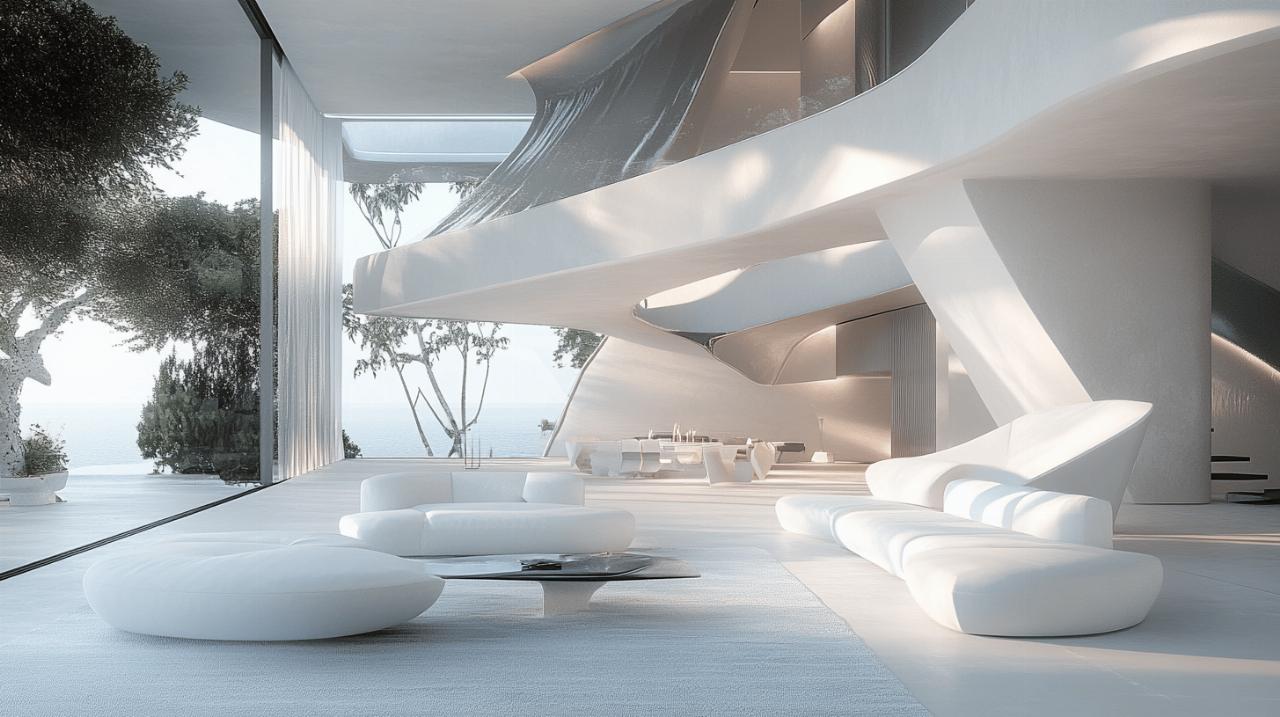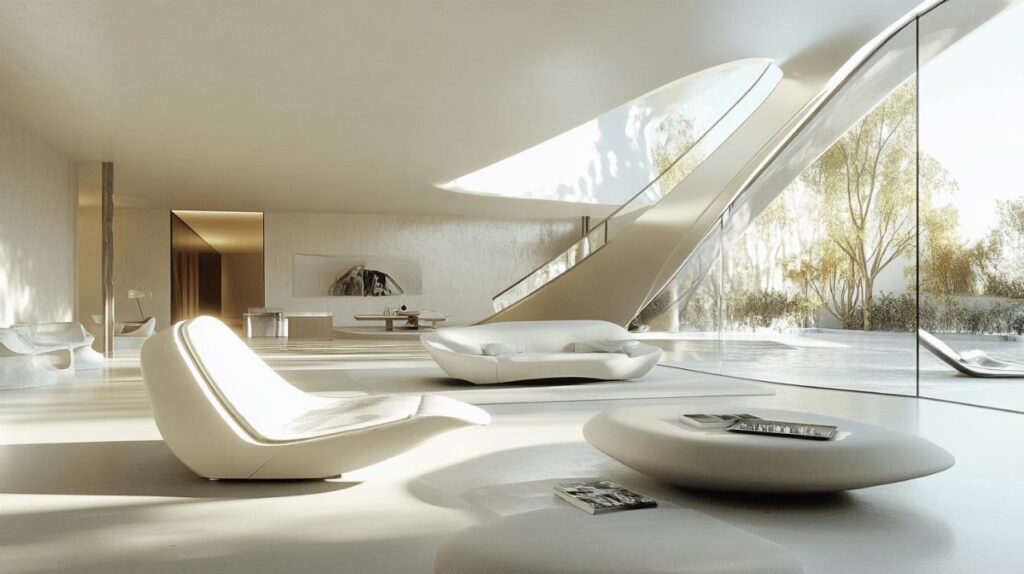Home design evolves constantly, offering fresh perspectives and revolutionary ideas that enhance living spaces while reflecting individual personalities. Modern architectural innovations now focus on creating homes that blend functionality with style, making every square meter count in our living environments.
Transformative spatial arrangements
The way we organize our living spaces directly impacts our daily experiences, mood, and productivity. Contemporary home design shifts away from rigid room definitions toward fluid, versatile layouts that adapt to changing needs and lifestyles.
Multifunctional zones for modern living
Today's innovative homes feature spaces that serve multiple purposes throughout the day. Modular furniture systems, sliding partitions, and foldable elements allow quick transformations from workspace to dining area to relaxation zone. Many Casa Idea showcases highlight how reconfigurable furniture pieces create dynamic environments that maximize limited square footage while maintaining aesthetic appeal. Biophilic elements integrate naturally within these flexible zones, with strategically placed indoor plants and living walls bringing vitality to multipurpose areas.
Open-concept designs with distinctive character
Open layouts continue dominating modern home design, but now emphasize defined zones through subtle architectural cues rather than walls. Smart lighting systems create atmospheric boundaries between functional areas while maintaining spacious sight lines. Natural materials like stone, wood, and recycled components add texture and warmth to these expansive spaces. The thoughtful positioning of furniture creates intuitive pathways through open-concept homes while preserving each zone's unique function and personality.
Cutting-edge materials and textures
Modern home design embraces innovative approaches to materials and textures, transforming living spaces into personalized sanctuaries that reflect both functionality and style. Today's cutting-edge designs integrate sustainable elements with unexpected surface combinations to create visually striking yet environmentally responsible homes. Smart technology merges seamlessly with these materials, enabling homeowners to enjoy spaces that are both beautiful and intelligent.
Sustainable elements for eco-conscious homes
Eco-friendly materials stand at the forefront of innovative home design. Recycled and reclaimed resources offer character while reducing environmental impact. Reclaimed wood flooring brings warmth and history to contemporary spaces, while recycled glass countertops add sparkle with minimal ecological footprint. Locally-sourced natural stone minimizes transportation emissions while connecting interiors to regional identity.
Energy efficiency drives material selection in forward-thinking homes. Low-VOC paints improve indoor air quality while cork and bamboo flooring options provide renewable alternatives to traditional hardwoods. Green roofs and living walls integrate biophilic design principles, bringing nature indoors while improving insulation and air purification. Natural light optimization through strategic window placement reduces reliance on artificial lighting, working alongside smart lighting systems that adjust automatically to occupancy and time of day.
Water conservation systems extend sustainability beyond visible materials. Rainwater collection systems, low-flow fixtures, and greywater recycling represent the invisible infrastructure of eco-conscious design. These systems pair with visible elements like natural ventilation solutions that reduce dependency on mechanical cooling while fostering connection to outdoor environments.
Mixing unexpected surfaces for visual interest
Creative juxtaposition of textures elevates home design beyond the ordinary. Contrasting rough-hewn wood beams against polished concrete floors creates dynamic visual tension. Matte and glossy finishes placed side by side heighten awareness of each surface's unique properties. Natural stone paired with metallic accents balances organic warmth with industrial precision.
Modular furniture systems featuring mixed materials allow for adaptable living spaces that evolve with changing needs. Multipurpose pieces incorporate contrasting textures—leather and woven fabrics, wood and glass—creating tactile interest while maximizing functionality. These flexible elements support the growing demand for spaces that transform from workday to weekend with minimal effort.
Textured walls and ceilings add dimension through innovative applications like 3D panels, custom relief patterns, or exposed structural elements. The raw beauty of brick or concrete can stand alongside sleek glass partitions, creating spaces that feel both grounded and airy. These textural combinations invite touch and engagement, making homes more experiential and connected to human senses.
Innovative home design today embraces both technological advancement and sensory richness. Through thoughtful material selection and creative textural combinations, modern spaces achieve sustainability goals while delivering visual interest that makes each home unique. The most successful designs balance eco-conscious principles with aesthetic exploration, creating living environments that feel good both physically and ethically.







